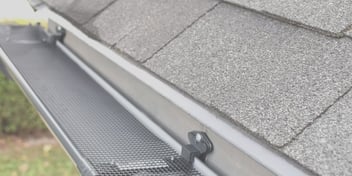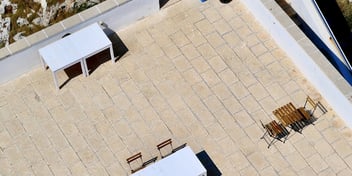- Home »
- Learningcenter »
- What is roof flashing
What Is Roof Flashing?
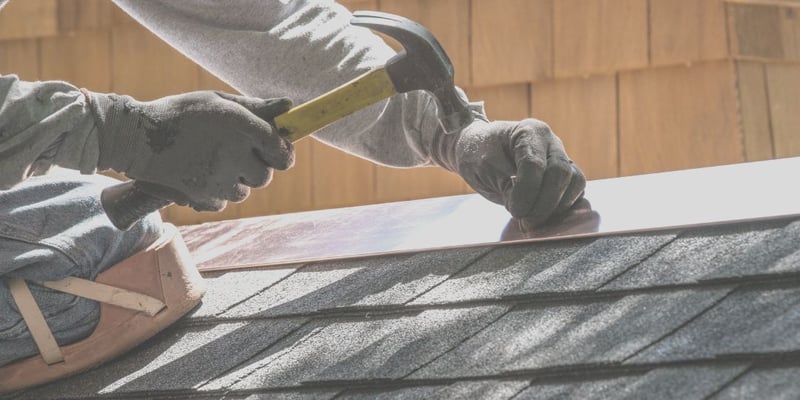
Have you ever wondered what roof flashing is? If you're a homeowner, it's important to know about the different elements of your roofing system and what each on does. In this blog post, we'll explain what roof flashing is and how it works. You'll also learn about the different types of flashing and where they're typically used. By the end, you'll be an expert on all things roof flashing! So let's get started...
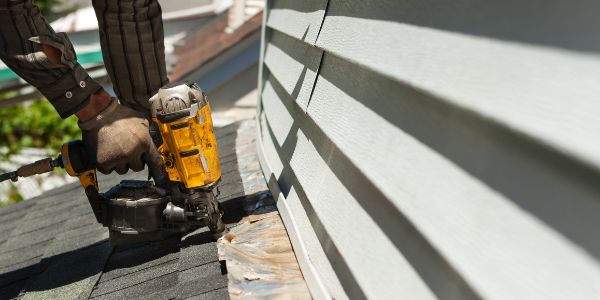
What Is Flashing?
Flashing helps to prevent water damage by directing water away from vulnerable areas of your roof. Flashing is a critical part of any roofing system and can prevent long-term water damage if installed properly. Flashing is a strip of metal, typically aluminum or galvanized steel - that lies in between two distinct parts of the roofing system - such as a shingle course - to prevent water leaking through.
Flashing is applied in thin strips along edges and around any roof penetrations (such as chimneys or pipes). Its purpose is to act as a barrier, creating a seal between seams in the roofing material so that water cannot seep through and cause damage to the interior of the building.
Where Is Flashing Installed?
Flashing is typically Installed over the seams of the roof anywhere where two pieces of materials meet, such as at the chimney or vent pipes. It helps guide rainwater away from vulnerable areas like valleys (where two slopes of your roof meet at a downward slope) while also acting as a barrier against water gaining access to your home. Flashing helps to bridge potential gaps in the structure and contain water on top of the roof until it can drain away. Without adequate flashing, water can find its way in through these weak points, causing leaks.
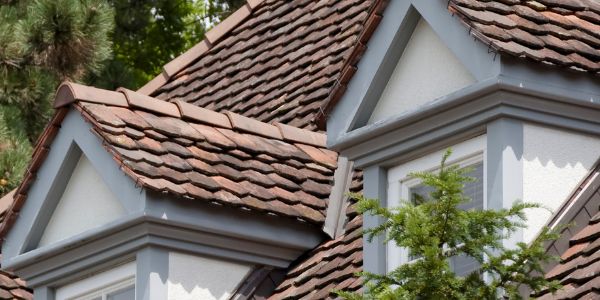
Are There Different Kinds Of Flashing?
So, is there more than one kind of flashing? Yes! The most common types are step flashing, which is used to seal joints between two materials at an angle; valley flashing, which seals the joint where two pieces of roofing material meet in a V-shape; and drip edge flashing, which helps direct water away from vulnerable areas along the edges of your roof. There is also counterflashing that covers existing wall flashings. Depending on your specific needs and type of roofing material you have installed, any one (or a combination) of these flashings may be necessary to protect against water damage.
Step Flashing
Step flashing is a type of roof flashing that is typically used to seal joints between two materials at a 90 degree angle. This kind of flashing is most commonly seen in places where the roof meets a wall, such as where a dormer meets a roof. In spots like these, there is always a chance for water to get behind the shingles, but with the addition of step flashing, water can be safely directed down and off the roof.
Drip Edge Flashing
Drip edge flashing helps to direct water away from vulnerable areas along the edges of your roof. Usually referred to simply as "drip edge" it's actually required by building codes in most states. Drip edge ensures the water will make it to your gutters and not wrap around the edges of your roof and end up behind them.
Valley Flashing
Valley flashing refers to flashing installed in areas where two slopes of the roof meet in a "v" shape. This types of flashing is particularly important, because these areas are some of the most prone to roof leaks. Water can easily pool in these areas, and without properly installed flashing this can spell big trouble for your roof.
Counterflashing
Counterflashing is a secondary type of roof flashing. Counterflashing refers to the practice of adding an additional piece of flashing over a piece of base flashing - this is commonly seen on chimneys. This technique is utilized to make sure that water doesn't slip behind the base flashing and damage the roof.
What Is Flashing Made From?
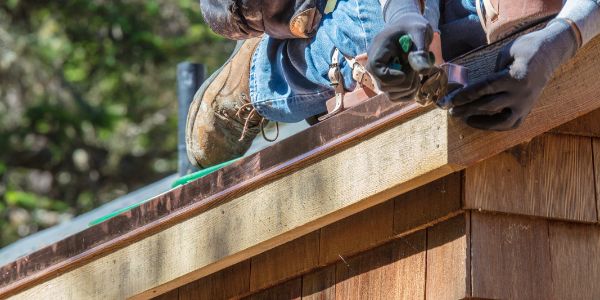
Flashing can be made from a few different materials. The most common of these are:
- Galvanized Steel
- Aluminum
- Copper
Each one of these materials has its own advantages. Galvanized steel offers the highest resistance to rust and corrosion, making it an ideal choice for areas with frequent moisture. Aluminum provides less protection against rust but is more affordable and more lightweight. Copper flashing carries the highest price tag but it also offers maximum durability and longevity.
How Do You Maintain Flashing?
Flashing is a pretty self sufficient roofing element that doesn't require much maintenance. Keeping your roof free of debris will help maintain your flashing and keep it in good condition, but simply checking your flashing once a year to ensure it's not rusted or cracked will do the trick.
Who Can Install Flashing?
Proper installation of flashing is essential for prevention of water infiltration into your home. Because of the nature of flashing and the way it needs to be carefully installed, it should be done by an experienced professional. A reliable roofer will know how to seal the edges with caulking or another waterproof sealant to create a secure seal on the roof.
There are also nuances to flashing depending on the type and where it's being installed, such as step flashing against walls needing to go underneath the siding. For these reasons, while it is possible to DIY flashing installation, it's not advisable, and you would be much better off leaving this job to an experienced professional.
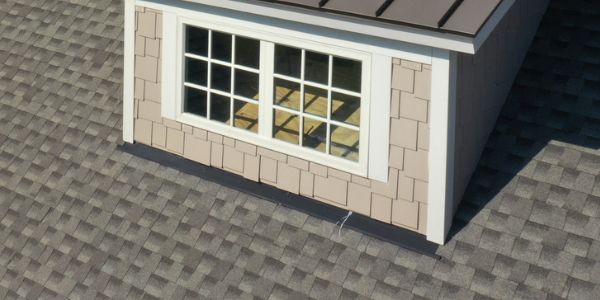
Final Thoughts
Flashing is an essential part of any roofing system. Installing it correctly is key to prevent water damage and leakage, and for this reason flashing should always be installed by a professional roofer who knows how to seal it properly. Homeowners should make sure their flashing is in good condition yearly to ensure their roofs are adequately protected from the elements.
If you would like to have your flashing looked at, or if you have questions about roof flashing, you can always give Colony Roofers a call! We offer free 30 minute inspections, and we're always happy to help.
 Call (678) 365-3138
Call (678) 365-3138
